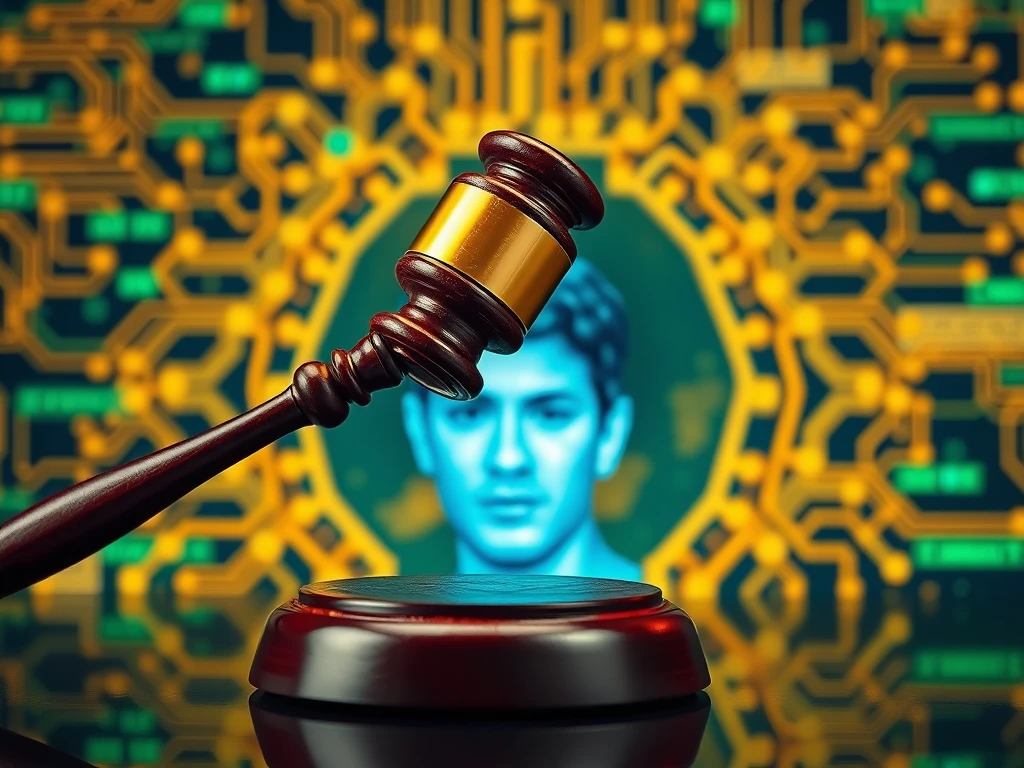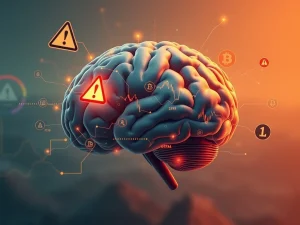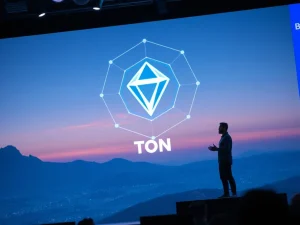Historic: US AI Deepfake Law Criminalizes Harmful Content

In a significant move impacting the digital landscape, the United States has enacted new federal legislation targeting the creation and distribution of harmful artificial intelligence-generated content. For audiences interested in technology, AI, and the evolving regulatory environment, this development signals a growing focus on the potential negative consequences of advanced digital tools.
Understanding the New AI Deepfake Law
US President Donald Trump recently signed into law a bill that specifically addresses the issue of nonconsensual AI-generated explicit images, commonly known as deepfake porn. This legislation, known as the TAKE IT DOWN Act, establishes federal penalties for individuals who publish or threaten to publish such content without consent. The bill aims to provide legal recourse for victims and place responsibility on online platforms.
What Does the Trump Deepfake Bill Do?
Signed into law on May 19th, the **Trump deepfake bill** makes it a federal crime to distribute or threaten to distribute nonconsensual intimate images, explicitly including those created using artificial intelligence. This covers both adult and minor victims, with the intent to harm or harass. Penalties can include significant fines and prison sentences.
A critical component of the **TAKE IT DOWN Act** is the requirement for websites, online services, and applications to establish clear processes for reporting and removing illegal content. Once notified, platforms must take down the illicit images within 48 hours. This places a direct obligation on service providers to act swiftly against harmful deepfakes.
Why is Deepfake Criminalization Needed?
The rise of AI technology has made it easier to create convincing fake images and videos. Unfortunately, this technology has been widely exploited for malicious purposes, particularly in generating nonconsensual explicit content. High-profile cases, such as the deepfake images of pop star Taylor Swift that circulated widely online, have highlighted the speed at which such content can spread and the distress it causes victims.
Statistics reveal the scale of the problem: a 2023 report found that the majority of deepfakes online are pornographic, with a staggering 99% of targeted individuals being women. This demonstrates the urgent need for legal frameworks like the new **AI deepfake law** to protect individuals from digital exploitation and harassment.
Global Efforts Against Nonconsensual Deepfake Content
The US is not alone in addressing this issue. Other countries have already implemented similar measures. For example, the United Kingdom included provisions criminalizing the sharing of deepfake pornography in its Online Safety Act in 2023. The US law represents a significant step in aligning with international efforts to combat this form of digital harm.
A ‘National Victory’ Against Digital Exploitation
The bill received notable support from former first lady Melania Trump, who actively lobbied lawmakers for its passage. She described the law as a “national victory,” emphasizing the potential dangers of new technologies like AI and social media, particularly for younger generations. Her statement highlighted that while these technologies can be engaging, they can also be “weaponized” to cause significant emotional and psychological harm.
Conclusion: Strengthening Defenses Against Digital Harm
The signing of the **Trump deepfake bill** marks a crucial moment in the legal battle against harmful AI-generated content. By establishing federal penalties and requiring platforms to take action, the **TAKE IT DOWN Act** provides stronger tools to combat the creation and spread of **nonconsensual deepfake** images. This legislation is a vital step in protecting individuals in the digital age and underscores the increasing need for legal frameworks to keep pace with rapid technological advancements.










